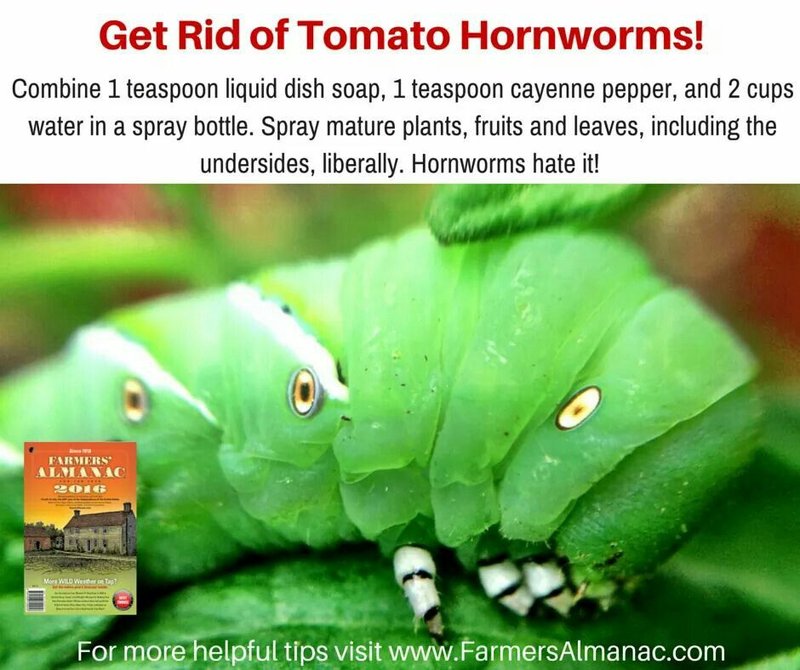
Hornworms aren’t just any pests; they’re the larval stage of hawk moths, sometimes referred to as sphinx moths. Picture them as garden ninjas—hiding during the day and launching surprise attacks at night. These critters can consume a surprising amount of foliage in just a few days, which is why being proactive about their prevention makes all the difference. Let me explain how you can guard your raised beds against these munching marauders.
Understanding Hornworms: What Are They?
Hornworms are large caterpillars that can grow up to 4 inches long. They come in various shades of green, often camouflaging themselves against tomato or pepper plants. Honestly, it’s like they’re wearing a clever disguise; unless you know what to look for, you might miss them completely.
There are two primary types of hornworms that most gardeners encounter: the **Tobacco Hornworm** and the **Tomato Hornworm**. While they both target similar plants, they can be distinguished by the markings on their sides. Tobacco hornworms have diagonal white stripes, while tomato hornworms sport a “V” shape. Knowing the difference can help you identify the issue more quickly before your plants are further damaged.
Why should you care? Well, hornworms can devour entire leaves and stems at an alarming rate. Just imagine waking up to find that your flourishing plants have been stripped bare. It’s not just disheartening; it’s a significant setback for your garden’s health.
Signs of Hornworm Infestation
Before you can prevent hornworms, you need to recognize the signs of their presence. Here are a few things to keep an eye out for:
- Missing Leaves: If your plants suddenly look like they’ve been through a shredder, it’s a telltale sign.
- Droppings: Look for dark green or black droppings on the ground or leaves—these are the remnants of a hungry hornworm.
- Visible Caterpillars: At night, or early in the morning, check your plants for the caterpillars themselves—often, you’ll find them munching away.
Keeping a watchful eye will help you tackle any hornworm invasion before it spirals out of control. Remember, the sooner you catch an infestation, the easier it will be to manage.
Prevention Tips for Keeping Hornworms at Bay
Now that you’re aware of what these pests look like and their signs, let’s discuss how to prevent them from setting up camp in your raised beds.
1. Choose the Right Plants
Some plants are more susceptible to hornworms than others. To minimize risks, consider growing herbs like basil, cilantro, or marigolds, which hornworms typically avoid. These plants can act as a natural repellent while still enhancing your garden’s aesthetics.
2. Use Companion Planting
Companion planting is like having a good buddy system for your plants. Certain plants can help ward off pests. For instance, planting **basil** or **sage** near tomatoes acts as a natural deterrent to hornworms. It’s a simple way of enhancing your garden’s defenses without resorting to chemicals.
3. Regular Inspections
Make it a habit to inspect your plants regularly. Grab a cup of coffee and take a stroll through your garden at least once a week. Look under the leaves and at the base of the stems. Early detection is key, and if you spot a hornworm, you can remove it by hand, stopping the damage before it starts.
4. Use Organic Pesticides
If things get out of hand, consider using organic pesticides. Products containing **Bacillus thuringiensis (Bt)** target hornworms specifically while being safe for beneficial insects. You could also use neem oil, which is effective against various pests. Just remember to follow the product instructions closely, and spray in the evening to avoid harming pollinators.
Encouraging Beneficial Wildlife
Surrounding your raised beds with a healthy ecosystem can naturally control hornworm populations. Beneficial insects like ladybugs and lacewings can help keep pests in check, so consider planting flowers that attract them.
Here’s a fun fact: birds love munching on hornworms! Attracting birds to your garden by providing them with water sources and nesting areas can lead to a natural reduction in hornworm numbers.
Using Barriers to Protect Your Plants
Sometimes, garden gates make the best guardians. You can use physical barriers like row covers or netting to shield your plants from hornworm attacks. This tactic works particularly well for young plants that are more vulnerable. Just ensure the covers are lifted occasionally for pollination and sun exposure.
Embracing a Holistic Approach
As with many gardening challenges, the best defense against hornworms is a combination of strategies. By practicing good garden hygiene—like cleaning up debris and rotating crops—you can create an environment less inviting for pests. Here’s the thing: a healthy garden tends to be less attractive to unwanted visitors. Focus on nurturing your plants, and they’ll be more resilient against hornworms.
In closing, hornworms may seem intimidating, but with a little knowledge and proactive measures, you can keep your raised bed garden thriving. By understanding their habits, recognizing the signs of infestation, and implementing a variety of prevention strategies, you’ll be well on your way to enjoying a bountiful harvest. Happy gardening!

